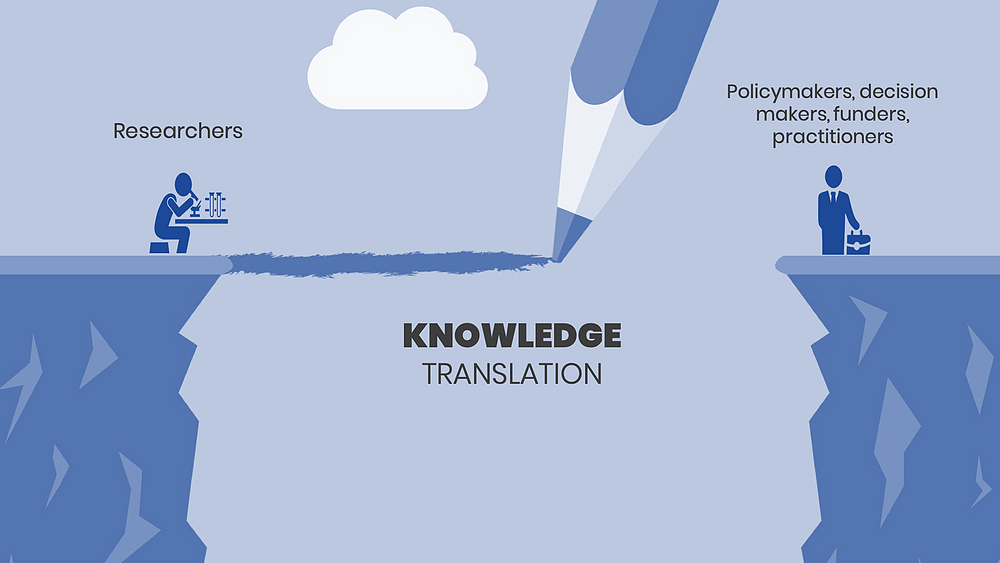Reading scientific articles from academic journals is the traditional way of gaining knowledge in healthcare. Because of this, the translation of scientific knowledge and its implementation into practice are so inefficient (Barton, 2017). It is estimated that there is a 17 year lag between the completion of a research study and translation of this new evidence into the practices of medical professionals (Morris et al., 2011). Even then, it is only partially translated (Barton, 2017).
SEVENTEEN YEARS!
Why is that?
- Accessibility: little option with free access and high cost of subscriptions (Barton, 2017);
- Understanding: patients and clinicians do not always understand all the information contained in a scientific article (Barton, 2017);
- Unattractive content and format: large texts and few images discourage the reader, who rarely reads the article completely (Barton, 2017);
- Time: reading an article takes a lot of time, which becomes incompatible with the lifestyle of those who work in clinical practice (Barton, 2017).
“Effective knowledge translation and implementation involves a number of steps. First, knowledge must be made available to sports medicine and science practitioners and patients. Next, this knowledge must be retained by the people who need to act. Finally, for practice to change and research to be truly translated and implemented, behaviour of practitioners and patients must change.” – Barton, 2017
What are the consequences?
A big healthcare problem. Currently, a patient might have been receiving a diagnosis based on an outdated criteria, leading to receiving ineffective treatment, resulting in poor outcomes.
Besides patient experience, the cost is another issue. Patients, funders and tax payers money being wasted with low-value (high cost for low therapeutic benefit) treatments, procedures and tests.
Frustration as a clinician
The most frustrating and difficult situation is to be the first to tell the patient that what they have been told has been based on an outdated model of care. The challenge in implementing new knowledge is changing patients beliefs and expectations built from misleading and outdated ideas.
Behaviour must change, but we all know that it is not an easy thing to do.
Some solutions:
1. Social media – 80% of clinicians and researchers use at least one social media professionally. In addition, 95% of professionals working in clinical practice believe that social media has an important role in disseminating and obtaining knowledge in scientific evidence. These professionals believe that they are able to incorporate more evidence and this influences changes in their practice. (Barton, 2017).
2. Blog posts – are short, with images, easier to read. They are more efficient in obtaining knowledge. They capture and keep the reader’s attention (Barton, 2017).
3. Podcast – promotes the translation of knowledge into a format that is easily consumed while performing another activity, such as driving, exercising, etc. (Barton, 2017).
My role
According to the code of ethical conduct, one of my responsibilities is to enhance my expertise through lifelong acquisition and refinement of knowledge, skills, abilities and professional behaviours; and recognize the responsibility to share evidence-informed and clinical best practices in physiotherapy with each other and other health care professionals.
Here we go!
Heric Lopes, PT
Barton, C. THE CURRENT SPORTS MEDICINE JOURNAL MODEL IS OUTDATED AND INEFFECTIVE – Where to next to improve knowledge translation? Aspetar Sports Medicine Journal 2017. Available at: http://www.aspetar.com/journal/viewarticle.aspx?id=352 [Accessed in October, 2020].
Morris ZS, Wooding S, Grant J. The answer is 17 years, what is the question: understanding time lags in translational research. J R Soc Med. 2011; 104:510-20.

